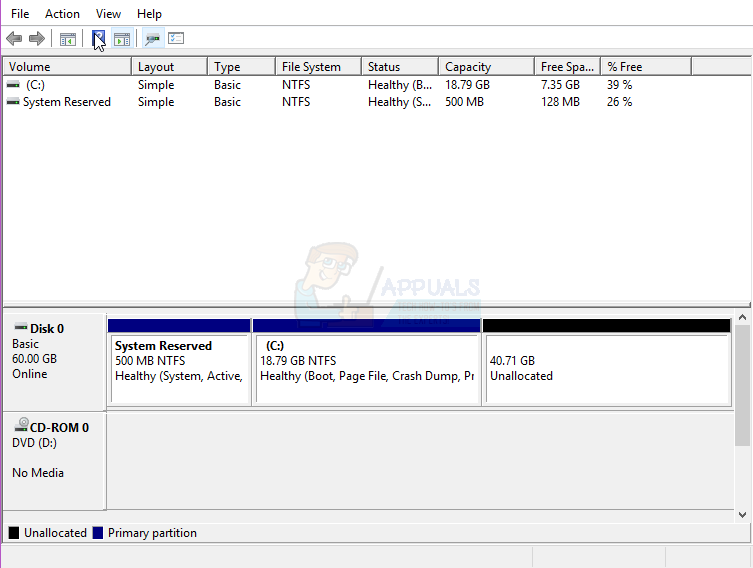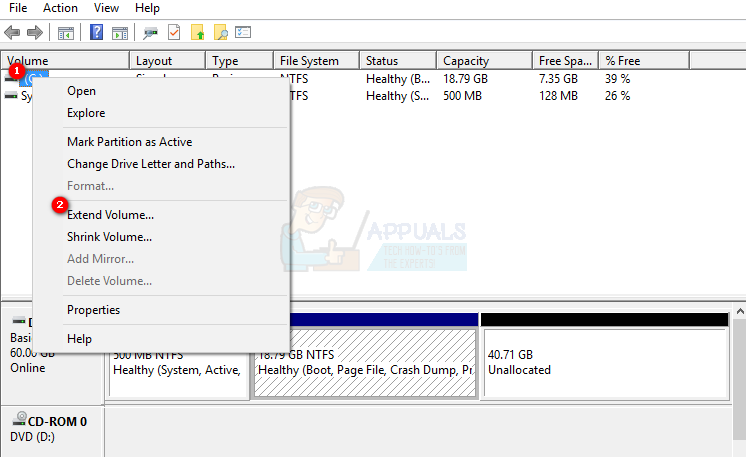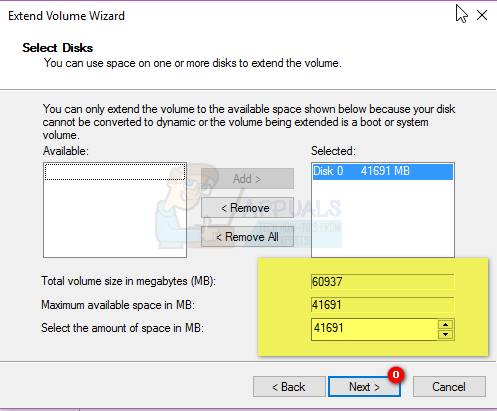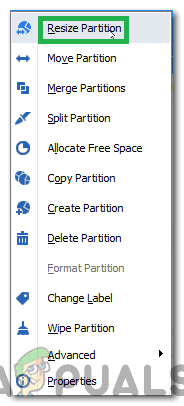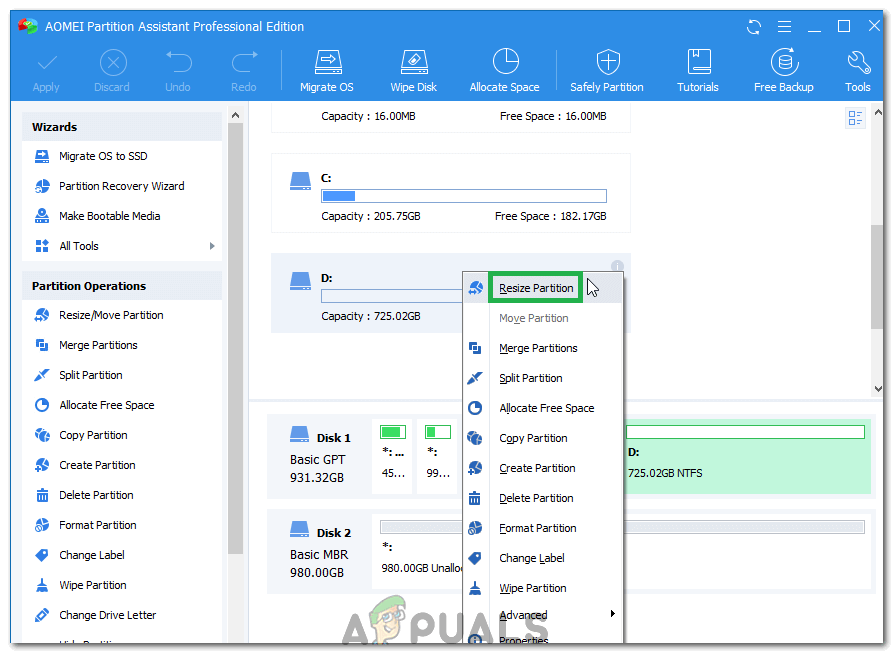However, this poses a limitation on drive C: Soon or later, if you don’t manage your space well, you will start getting messages that your drive C is almost full. When your drive is eventually full, your system will become painfully slow. Most programs run by creating temporary files in your system, and when they cannot find available space, your computer freezes or slows down. The remedy is to free space or repartition the drive C: to allocate more space to it. If you have unallocated space (this can be created by deleting a drive in the disk management tool), you can easily add it to your system partition. To do this, we have prepared some of the best ways for you. You can create an unallocated space by shrinking a volume or deleting a volume (partition). If method 1 does not work for you, choose either of the remaining methods.
Method 1: Use the inbuilt disk management tool
Windows comes with a disk manager that you can use to extend your system volume by adding the unallocated space to it. The built-in partitioning utility has limitations, however; it can only expand if the unused space is immediately adjacent to the C: partition (usually to the right), otherwise the extend option will not be available.
Note: It is advised that you do not extend a volume on one disk with free space from another disk. If one of the drives has a hardware failure, then all the data on that partition (volume) will be deleted.
Method 2: Use AOMEI Partition Assistant
To escape the limitation of the inbuilt disk manager, you can use a third-party application like AOMEI partitioning tool. AOMEI Partition Assistant will allow you to move the unallocated space such that it is adjacent to your drive C: You can thereafter add the unallocated space to drive C:
Method 3: Use EaseUS Partition Manager
EaseUS offers the simplest way to extend your partition. You don’t have to move any partition. You just have to choose the partition to extend and the software will automatically find unallocated space that you can then use to extend your drive. You can also use the merge tool to join two drives. You are always advised to take a system restore point of your PC before attempting changes on your HDD. You might not get your data and partition configuration back, but your operating system can be restored if any changes are made to the system.
Fix: Extend Volume Option Greyed out on Windows 10How to Extend Android Battery Life the Right WayHow to Shrink and Extend the Volume in Hyper-V 2019Chip Shortages Will Extend to 2022 According to AMD CEO Dr. Lisa Su
